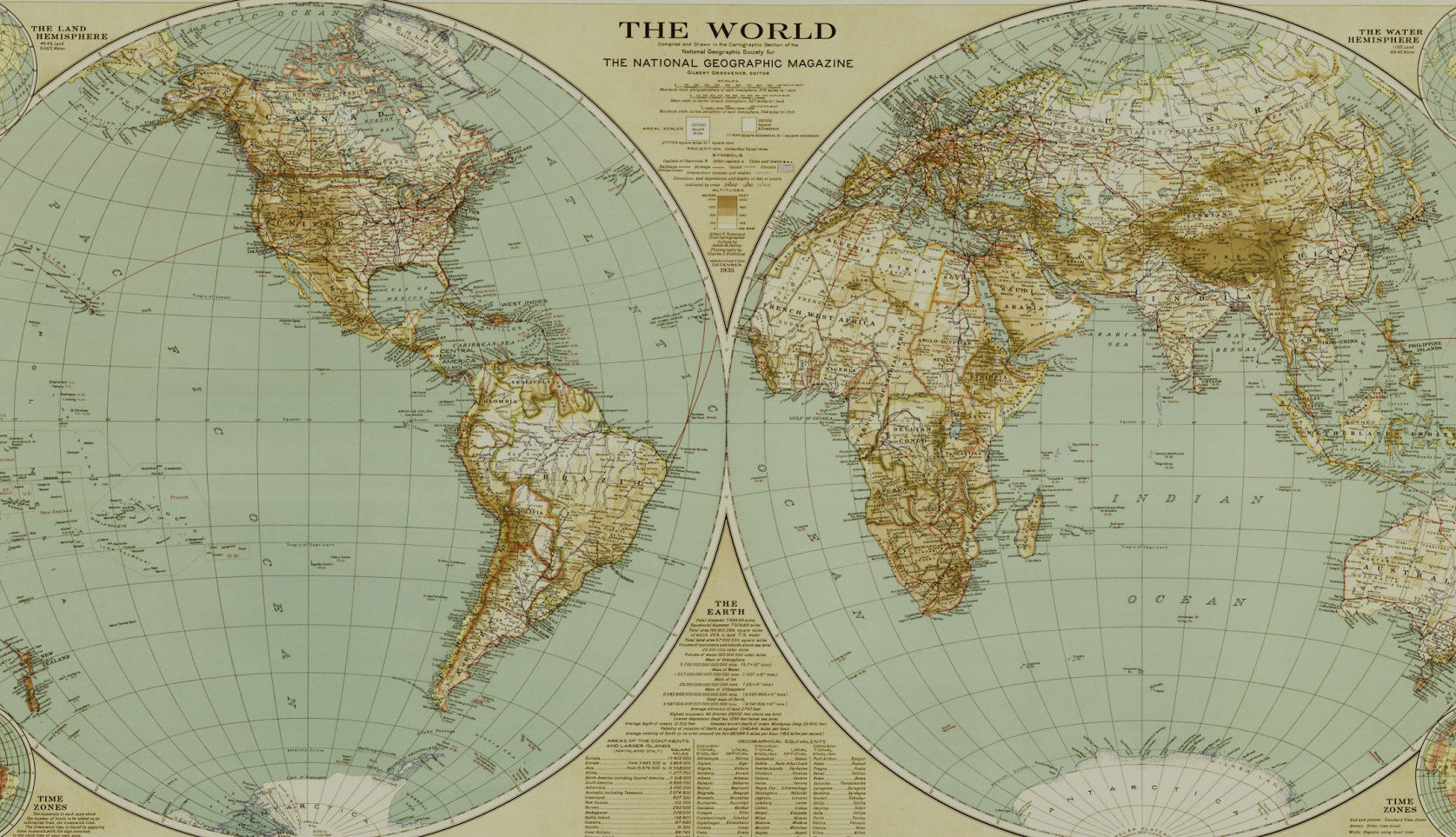
Ireland is a brilliant place to visit if you are interested in the past: there are sites and monuments everywhere you look in the lush green landscape. You are sure to see medieval tower houses as you speed along the roads or wander through the towns, and if you have a really keen eye you may even spot a prehistoric barrow. The Irish National Monuments Service has a great website for those interested in getting off the beaten track and visiting some of the more obscure sites. For those just beginning to explore Irish archaeology and wanting an easily accessible tourist experience there are many places to visit.
It is rare to find a badly presented cultural heritage site in Ireland, visitors are spoiled for choice! A good example is where I was based for month seven of Global Archaeology: Caherconnell Stone Fort in the Burren region. At Caherconnell there is a gift shop, a visitor centre and a café where you can sample homemade baked goods and cheeses made from the Caherconnell cattle’s milk. The pamphlet or audio guide leads you along the short walking trail around the archaeological features of the site and provides information about the excavations that have been ongoing at Caherconnell since 2007. An added attraction is the fantastic Sheepdog Demonstrations where you can observe the teamwork between farmer and dog to move a herd safely through obstacles (the dogs are pretty cute and the sheep are too!). This aspect of the visitor experience highlights that Caherconnell is a working family farm as well as an archaeological site. No visit is complete without perusing the gift shop where you can purchase a replica of the late 10th century silver ring found by one of the archaeology field school students.
A completely different experience can be found at Craggaunowen (the Living Past Experience) where you step back in time and interact with demonstrators in period costume. There is a genuine castle – a restored 16th century tower house – and replicas of two quintessential ancient Irish dwellings: a crannóg and a ringfort. Crannóg’s are human-made islands that were used in Ireland as dwelling sites from prehistoric times through to the late medieval period. The replica one at Craggaunowen is reached by crossing a lovely wooden causeway. In contrast, the ringfort can be accessed through a regular gate or the souterrain, a type of underground tunnel that would have been used for storage (but also as a possible escape route!). ‘Ringfort’ is a catch-all term used to describe the circular walled settlements that dot Ireland from the early medieval period on-wards – like the Caherconnell Stone Fort I was helping to excavate. Also at Craggaunowen are replicas of an ogham stone, a prehistoric tomb and the famous Brendan Voyage replica ox-hide medieval boat that was sailed from Ireland to Canada. Before you leave the grounds it is essential to search out the boars, if you are there at the right time of year there may even be piglets!

My favourite cultural heritage site in Ireland is the National Museum of Ireland’s archaeology branch on Kildare Street in Dublin. This museum is where you can see all the amazing artefacts from Ireland’s prehistoric and medieval periods. The building itself was constructed in 1856/57 and the museum was officially opened to the public in 1890. When you visit today and look closely at the decorative mosaic floors you can see clues of what the original 19th century exhibits displayed. The museum now showcases the most exciting artefacts from the National Museum collection, like the exquisite prehistoric gold lunula, gorgets and torcs, and the fascinatingly morbid bog bodies. The whole spectrum of artefacts from Ireland’s earliest eras can be found here: from the Mesolithic through the Iron Age and Vikings to the Medieval Period. All types of objects are on display, but it is the metal artefacts that really speak to me. You can walk through the exhibits and see the skill of Irish metalworkers from when metal first arrived to Ireland in the Chalcolithic to the intricate medieval Christian objects like the Ardagh Chalice.

These three examples are only the very tip of the iceberg of cultural heritage sites that can easily be visited without any specialist knowledge of Irish archaeology. Much more information about planning an archaeological tour of Ireland can be found on the websites listed below or by simply having a chat with local people in the pub! Happy travels!
National Geographic Travel – Ireland

